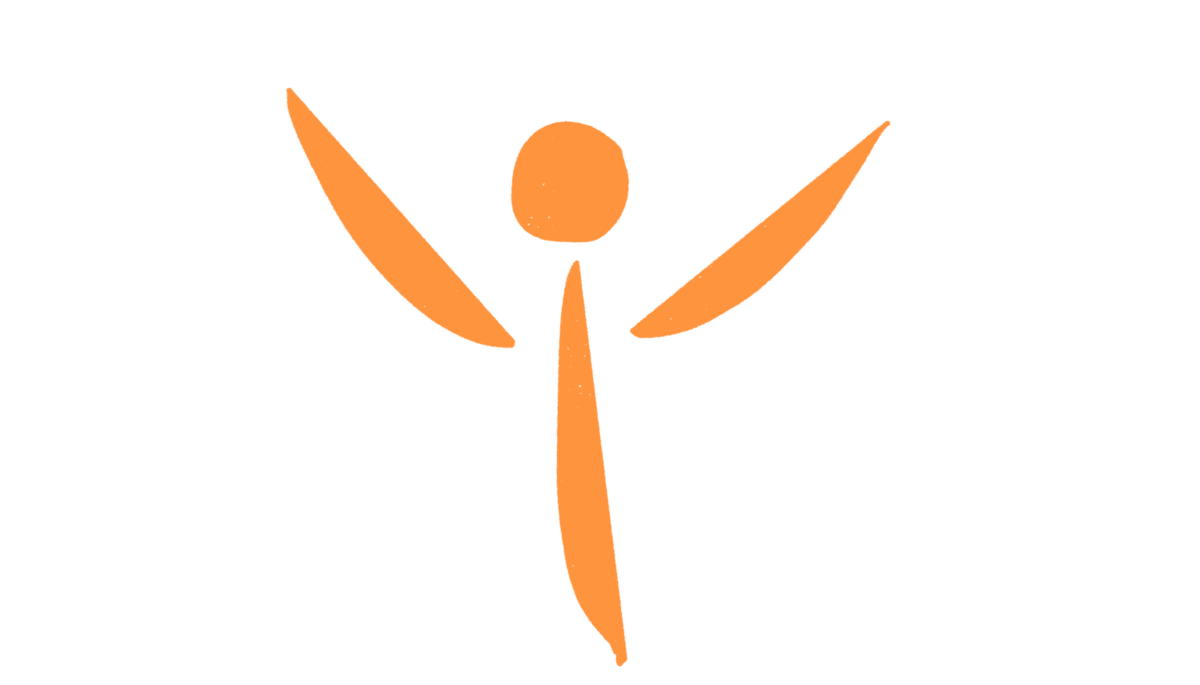Who changes You? Well, You do, nobody else, others or circumstances may influence, but You do the changing, consciously or sometimes, unconsciously.
How does that happen? Well for the conscious led change it is through insight, (an AHA moment). This entry is about that.

No one solves complex problems at will. The answers always suddenly arrive, either as you fall asleep; in the middle of the night; as you wake up; as you exercise, shower, or drive; or while you do something pleasant and repetitive such as knitting, gardening, or cooking.
For insights to be useful, they need to be generated from within, not given to individuals as conclusions. This is true for several reasons. First, people will experience the adrenaline-like rush of insight, only if they go through the process of making connections themselves. The moment of insight is well known to be a positive and energising experience’ (Schwartz)
1. Awareness
2. Reflection
3. Insight
4. Action
Let us look in more detail into this model, discussed in
(David Rock Your Brain at Work)
The ARIA Model
In his book, David Rock walks you through the ARIA model (Awareness, Reflection, Insight, Action). This is exactly how it feels when you come up with a creative idea. Here are the brief phases (read the book for more details)
Awareness
This is the phase where you state the problem and activate the prefrontal cortex of your brain. Simplify the problem with a short statement:- I want to explain variables, conditions and triggers in a simple way.
And here comes the hard part. Do NOT try to solve this problem. That would not result in a new, creative approach. Let it “sink”.
Reflection
This phase is about reflecting on your thoughts. Again, it’s not about resolving the issue or getting down to the details. Think high level. Way above the details to activate an unfocused state of mind with the power of regions in the right hemisphere. Ideas can emerge freely here. Do not discard anything. There is a time for constructive criticism, but not now.
Insight
This phase is fascinating. A burst of gamma band waves hit the brain with the fastest brain waves you can get. Neurons are firing in union back and forth. It’s a brief moment with an energetic punch. This is the “AHA” moment. You can see from the diagram below, there is a scale on this moment from 1 – 5 and you will recognise not all Aha’s are life changing. It may just be an Ah, as in, “Ah, I can just do this” or “Wow I never thought of that, how amazing is this.” A full-blown epiphany that causes a complete paradigm shift in thinking

Action
This is your chance to harness the energy and creative burst from the Insight phase. It is powerful but short-lived. You must grab the moment and make it happen!
How to
As Action says above, grab the moment, then you look inside your brain for a ‘How to’, how do I do this new thing? Since the thinking is new, You have no previous experience of how to e.g. approach this situation differently. That means You will be learning the ‘new way’ and that will feel uncomfortable, see my previous entry Learning Re-Frame.
So:- Feel the fear and do it anyway
(Definition of FEAR:- False Evidence Appearing Real)
– How many insights do think you might have had in the last six months?
– How many led to change?
– How might you become more open to insight?



